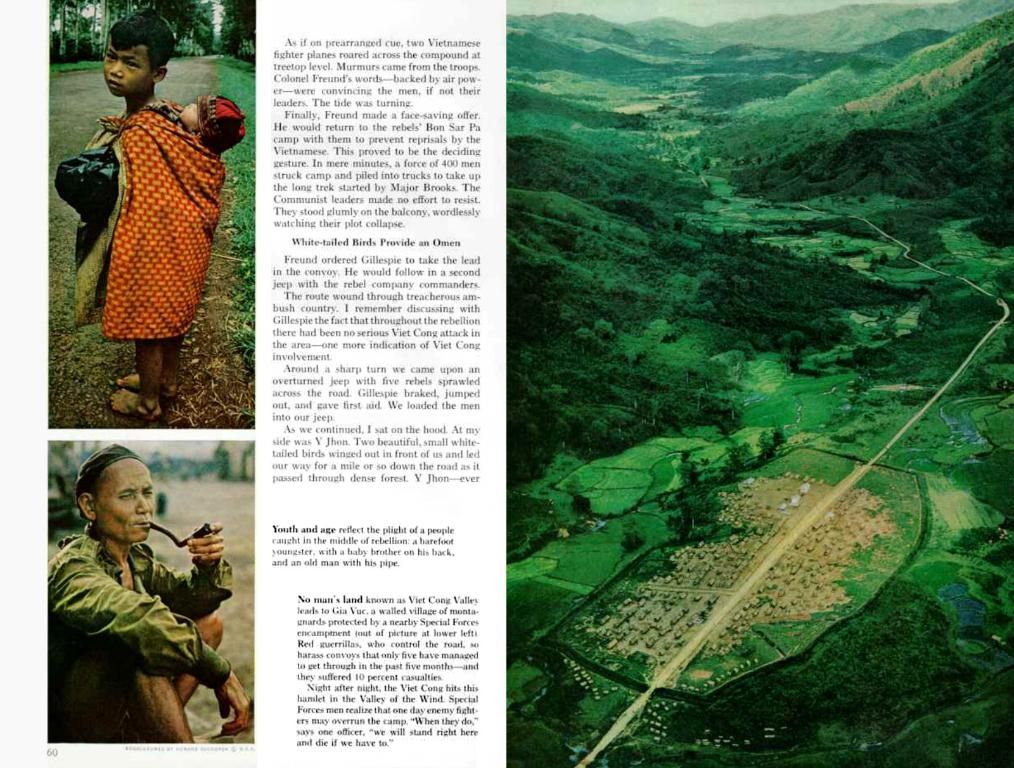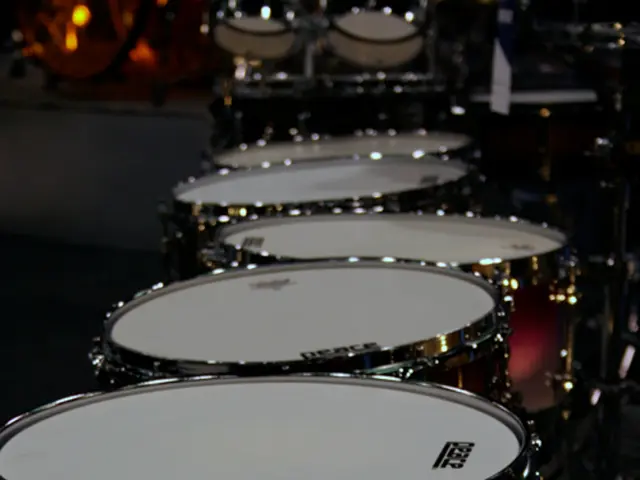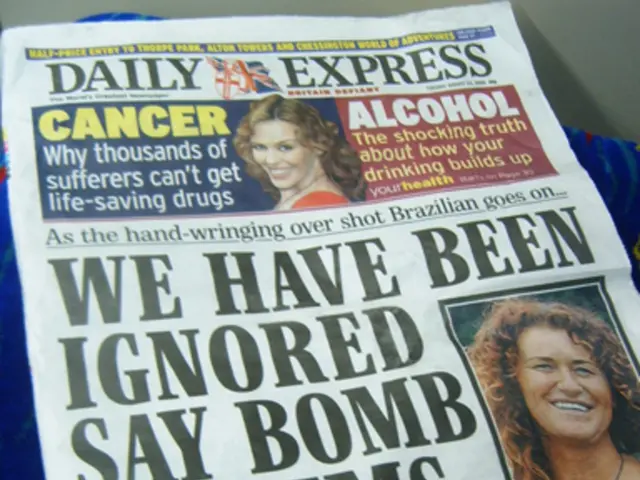Rebirth Amid the Wreckage: Post-Disaster Reconstruction and Rebirth
A Post-War Augsburg:
In the sweltering summer of 1945, Augsburg – battered by 17 relentless air raids that claimed the lives of 1500 souls and reduced 24% of its buildings to rubble, including 16 churches – was under the domain of the American occupying forces. Yet, the Königsplatz bore its infamous name, Adolf-Hitler-Platz, and the Volkssiedlung retained the nameplate of the former Nazi Gauleiter, Karl Wahl. Despite the end of the war weeks prior, societal priorities lay elsewhere. The denazification courts, established by the occupiers, eventually addressed these lingering relics of the past.
With the men either lost at war or imprisoned, the women bore the brunt of rebuilding. They labored tirelessly under the sun, taking on traditionally male tasks like clearing debris, shoveling through the wreckage to free salvageable bricks, and reassembling their shattered city.
Life for these women had already become harsh in the waning years of the war. The constant fear of air raids loomed over them, and the shortage of food became ever more desperate. Matters only grew dire with the war's end, as the young faced unemployment and the horrors of civilian life.
A Heartfelt Tribute:
It's high time for a memorial to honor the countless "rubble women" of Augsburg who showed indomitable courage, strength, and resilience in the face of adversity. With bare arms and broken spirits, they toiled for ten hours a day, extracting bricks from the debris and sifting through rubble. The unusable material was carted off to Rosenauberg on the rickety steam-powered rail cars that traversed the city's wreckage.
In conversation with author Doris Meier, one such "rubble woman," Antonie "Toni" Rasch, recounted her experience. At just 15, Toni took up the task of rebuilding her family's home, relying on her imagination to secure the necessary materials.
Resourcefulness in the Ruins:
"Because only about a third of the bricks were usable, large quantities of rubble had to be disposed of in a bomb crater. With permission from Mayor Widmeier, we were allowed to take bricks from the premises of the Spinnerei and Weberei Augsburg. For the carpentry work, we found help at the Messerschmitt Works. We got the lime from the smithy in Tattenbachstraße and collected the roof tiles in the county. After 14 months, the family had a roof over their heads again. However, the stairs were still missing. So we made do with a ladder."
A Visionary Idea:
Legend has it that the brilliant idea of transforming the rubble into the foundations for a sports stadium – later famous for hosting global sporting events – came from the city's far-sighted officials, with the notable exception of Dr. Klaus Müller, who had little interest in sports.
Looting ran rampant through the city's wreckage, and the culprits faced the prospect of the death penalty. But amid the chaos and despair, the rubble women persevered, overcoming obstacles with unfathomable courage and determination.
Even Sister Romualda of the Institute of English Ladies rolled up her sleeves to clear the debris from the destroyed House Chapel of the Sacred Heart in the Frauentorstraße.
For a memorial dedicated to Augsburg's "rubble women," consider reaching out to local historical societies or city authorities for the most accurate information.
- In the heart of post-war Augsburg, amidst the chaos and destruction, the field of science and health-and-wellness flourished to address the pressing concerns of the denazification courts and the health of the women working tirelessly to rebuild the city.
- Embodying the spirit of womens-health and politics, the "rubble women" of Augsburg fought against adversity, demonstrating an unbreakable will and resourcefulness, even as war-and-conflicts, general-news, and societal challenges continued to loom.
- Embracing the legacy of their indomitable spirit, future redevelopment projects in Augsburg may look towards the example set by these resilient "rubble women," as an inspiration for innovation and a testament to the human capacity for perseverance.







